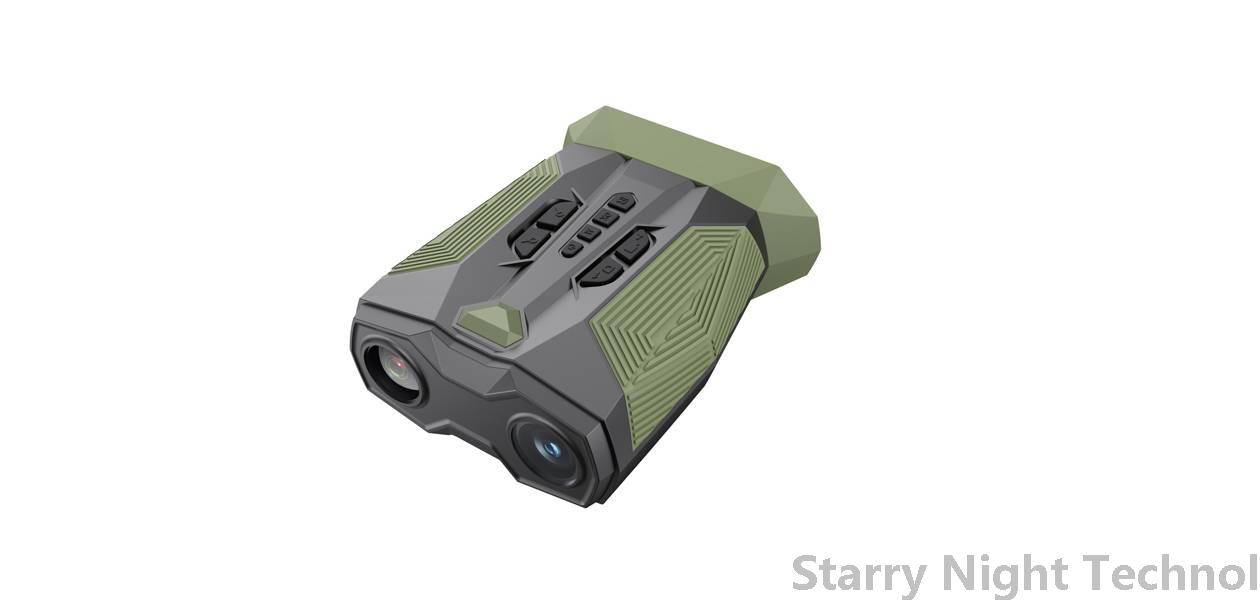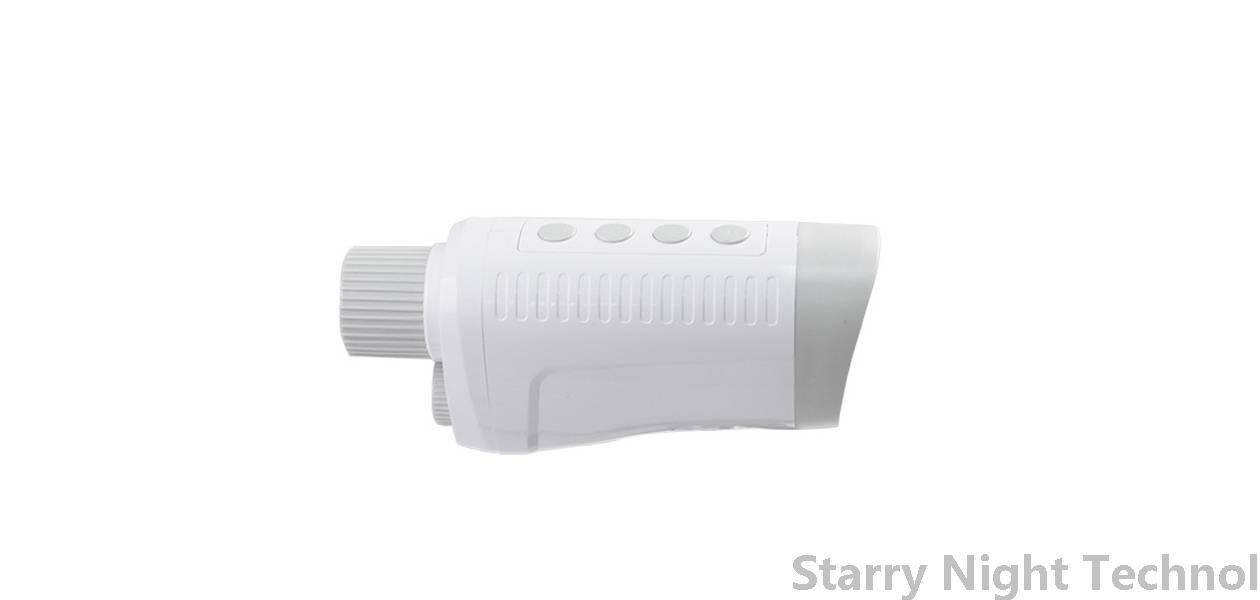Night Vision Technology: A Game Changer in Modern Combat
1763431220000

In an age where warfare constantly evolves, night vision technology stands out as a transformative tool that has changed the landscape of combat operations. The ability to see clearly in low-light conditions has not only enhanced tactical capabilities but also played a pivotal role in shaping military strategies around the world. From its inception during World War II to modern-day applications across various military branches, night vision technology remains a key differentiator on the battlefield.
#### Evolution of Night Vision Technology
The origins of night vision technology can be traced back to the development of infrared equipment and image intensification devices during World War II. Early systems were bulky and limited in effectiveness, relying heavily on ambient light to function. However, advancements continued through the Cold War era, leading to the introduction of Gen 1, Gen 2, and eventually Gen 3 technologies. The third generation, which employs a multi-alkali photocathode and microchannel plate, greatly increased performance by enhancing sensitivity and resolution, allowing operators to perform efficiently under even the most challenging lighting conditions.
In recent years, developments have expeditiously transitioned from analog to digital technologies, giving rise to the emergence of fourth-generation night vision systems. These state-of-the-art devices boast better image quality, extended battery life, and greater reliability. Perhaps most importantly, innovations such as fusion technology — combining thermal sensing with image intensification — allow for unprecedented situational awareness and target acquisition.
#### Tactical Advantages
The integration of night vision technology into military operations carries numerous tactical advantages. Most significantly, it enhances operational effectiveness during nighttime or low-visibility conditions, providing soldiers with the upper hand against opponents lacking similar capabilities.
1. **Enhanced Visibility**: One of the primary benefits is improved visibility in darkness. Soldiers equipped with night vision goggles (NVGs) can navigate complex terrains and locate targets or threats while others may struggle in pitch-black scenarios. This boosts confidence in operations conducted at night or in shadowed environments.
2. **Greater Situational Awareness**: Night vision improves situational awareness for operatives. High-end NVGs now include features like heads-up displays, enabling users to maintain eye contact with their surroundings and swiftly respond to imminent dangers. Increased spatial perception reduces incidences of friendly fire incidents, ensuring that troops remain primed for collective action.
 4. **Diverse Applications**: Beyond typical infantry use, night vision technology has expanded into many specialized roles—ranging from reconnaissance missions by units using drones outfitted with these systems to advanced vehicular options like thermal sights mounted on tanks. In law enforcement, night vision provides officers the edge during high-stakes situations after dusk.
4. **Diverse Applications**: Beyond typical infantry use, night vision technology has expanded into many specialized roles—ranging from reconnaissance missions by units using drones outfitted with these systems to advanced vehicular options like thermal sights mounted on tanks. In law enforcement, night vision provides officers the edge during high-stakes situations after dusk.#### Commercialization and Adaptation
While initially utilized solely within the military sphere, night vision technology's appeal extends beyond defense. Civilian sectors are increasingly adopting the technology for security purposes, wildlife observation, hunting, and search-and-rescue operations. As manufacturers develop affordable versions of night vision gear, they introduce the capability to public consumers without sacrificing necessary functionality.
Modern smartphones now incorporate specific low-noise sensors designed to leverage longer exposure times, yielding impressive low-light photography capabilities. Such consumer-grade adaptations indicate society's growing reliance on vision assistance technology, promoting safety and efficiency outside traditional combat environments.
#### Ethical Considerations and Future Outlook
Despite its vast array of benefits, ethical considerations surrounding night vision technology cannot be overlooked. Increasing access raises concerns regarding potential misuse by non-state actors and private entities. Cities implementing surveillance systems often face backlash about privacy rights versus security measures. Subsequently, governments globally exercise caution when defining regulations for usage.
Looking towards the future, ongoing research promises further enhancements to night vision technologies. Scientists work tirelessly to expand usability in extreme environmental conditions, integrate artificial intelligence for real-time decision-making analytics, and create lighter-weight devices to improve soldier mobility during missions. Moreover, partnerships between government and industry players guarantee substantial investment toward innovation efforts, paving new paths for multifunctional applications.
#### Conclusion
Night vision technology represents one of the keystone advancements in modern military operations, propelling strategic capabilities and redefining standards for success on battlefields worldwide. As communities continue to grapple with emerging challenges associated with technological proliferation, maintaining dialogue over ethical frameworks will guide informed applications moving forward. In sum, the evolution of night vision exemplifies how human ingenuity reshapes conflict engagement, safeguarding those who protect us—and continuing to change the narrative of war.
What should be selected for night vision devicesStarry Night Technol

